Through the ups and downs of history, up to now, the national intangible cultural heritage of Le Hoan Temple Festival as well as the typical and unique architecture of the special national relic of Le Hoan Temple have increasingly affirmed their position and stature in life and socio-economic development. Thereby demonstrating the responsibility of posterity in preserving and exploiting the value of cultural heritage.
 Those who work as guards and custodians at the special national relic of Le Hoan Temple are always dedicated to their assigned work and tasks.
Those who work as guards and custodians at the special national relic of Le Hoan Temple are always dedicated to their assigned work and tasks.
In early March (lunar calendar), we returned to the special national relic site of Le Hoan Temple, Trung Lap village, Xuan Lap commune (Tho Xuan) to visit the relic site, burn incense sticks to commemorate Emperor Le Dai Hanh and his ancestors. Through many ups and downs of history, the relic complex has so far retained its traditional architecture and unique decorative art. In the midst of the green - clean - beautiful space, every Vietnamese person coming here must feel the majesty and sacredness of the relic.
With its historical, cultural and architectural values, in 1990, Le Hoan Temple was recognized as a national relic and in 2018, it was recognized as a special national historical relic. This honor not only affirms the unique and precious values of the relic, but also sets out an important task for future generations in preserving and exploiting the value of cultural heritage.
The special national relic of Le Hoan Temple is considered by many researchers to be one of the most ancient, beautiful and unique historical, cultural and architectural relics in Thanh Hoa. Currently, this place still preserves many valuable artifacts such as: royal decrees, altars, incense tables, jars, plates, ancient bowls, 14 royal decrees of the kings from 1674 to 1887 and a stone plate (said to be given to King Le Dai Hanh by the Song Dynasty king). The area inside the temple also has two ancient stone steles, a small stele erected in 1601 by Phung Khac Khoan, engraved with the land for worshiping the king of the Tien Le Dynasty; the second stele composed in 1626 is "Le Dai Hanh Hoang De Mieu Dien Bi" which records the merits and achievements of King Le Dai Hanh during his reign.
As a locality with relics, in recent years, officials and people of Xuan Lap commune have always raised awareness and responsibility in preserving and promoting the value of cultural heritage. Vice Chairman of Xuan Lap Commune People's Committee Tong Canh Tien said: The work of preserving and promoting the value of the special national relic of Le Hoan Temple is always an important issue for future generations. Therefore, in recent years, solutions to protect the relic have been deployed and implemented synchronously by Xuan Lap commune. In particular, from 2017 to present, a number of artifacts at the special national relic of Le Hoan Temple have been protected by the commune government and strictly stored in a separate area to avoid damage or encroachment from weather and humans. To serve the people and tourists visiting and learning about the relic, the stored artifacts have been displayed in pictures at Le Hoan Temple. In addition, fire prevention and fighting work has also been given special attention. Because the temple is a wooden structure, there is a risk of fire or explosion if you are careless or lack vigilance.
Up to now, after more than 2 years of implementing Resolution No. 112/NQ-HDND dated December 19, 2021 of the People's Council of Tho Xuan district on restoration, embellishment and promotion of the value of relics and cultural heritages associated with tourism development in Tho Xuan district, period 2022-2025, many outstanding results have been recorded. In particular, the special national relic of Le Hoan temple has completed the first phase of restoration and embellishment. Currently, related relics such as: Quoc Mau mausoleum, Hoang Khao mausoleum, Le Dot mausoleum and the road connecting to the relic site have been restored and embellished relatively completely. Thereby, creating conditions for people and tourists to visit, worship, and commemorate the great contributions of Emperor Le Dai Hanh and his predecessors who built and protected the country.
Along with the work of preserving and promoting the value of the special national relic of Le Hoan Temple, generations of people in the region have long formed and developed a unique festival - Le Hoan Temple Festival. Over a thousand years of history, Le Hoan Temple Festival deeply reflects the tradition of "When drinking water, remember its source" of the nation. One of the most unique features of Le Hoan Temple Festival is the reenactment of many unique rituals associated with daily life under the Tien Le Dynasty, creating a colorful cultural space, imbued with traditional imprints. In 2023, Le Hoan Temple Festival was recognized by the Ministry of Culture, Sports and Tourism as a National Intangible Cultural Heritage. Thereby, contributing to preserving and promoting the value of this precious heritage for future generations.
Vice Chairman of Tho Xuan District People's Committee Nguyen Xuan Hai said: In recent years, the district has paid attention to the management of cultural heritage, directed and implemented effectively. Every year, the district allocates a part of the budget to carry out projects to renovate, embellish, restore and promote the value of relics. Along with that, the socialization work in preserving and promoting the value of cultural heritage in general, the special national relic of Le Hoan Temple in particular, has been deployed and implemented effectively, attracting the participation of many social components and people. The Le Hoan Temple Festival is organized in accordance with regulations; the rituals in the festival are solemn, economical, in accordance with local customs and traditions... Thereby, it aims to educate the younger generation about historical, cultural and revolutionary traditions, while contributing to exploiting the potential and preserving the value of cultural heritage in Tho Xuan district effectively.
Article and photos: Hoai Anh
Source


![[Photo] Prime Minister Pham Minh Chinh chairs conference on anti-smuggling, trade fraud, and counterfeit goods](https://vphoto.vietnam.vn/thumb/1200x675/vietnam/resource/IMAGE/2025/5/14/6cd67667e99e4248b7d4f587fd21e37c)









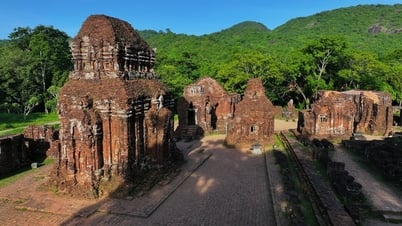


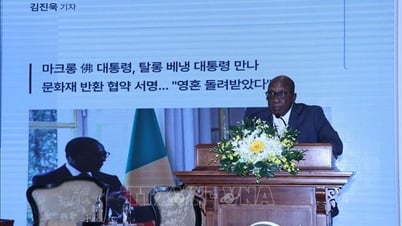


















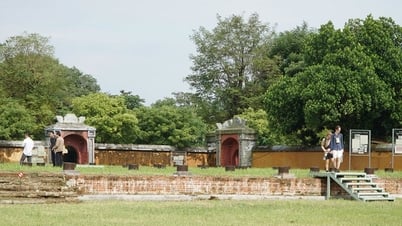
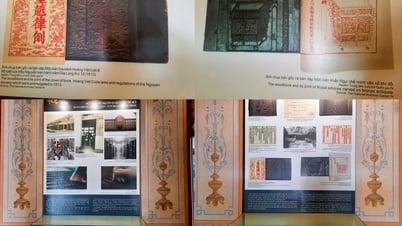



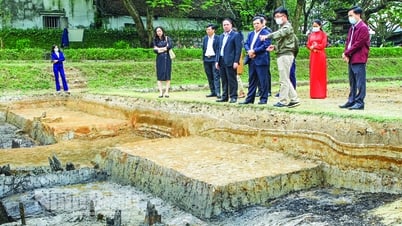




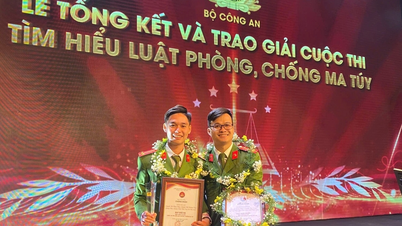





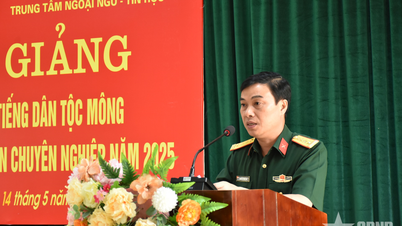













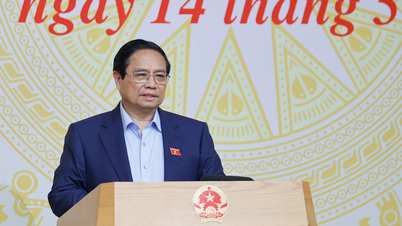


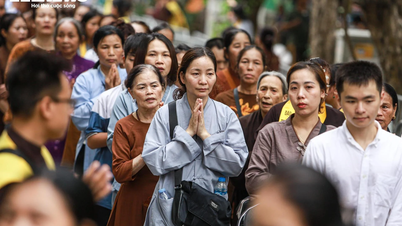







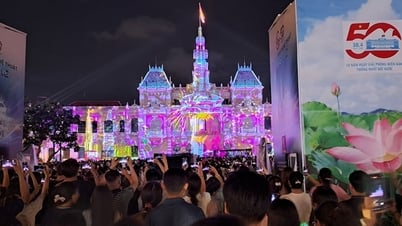
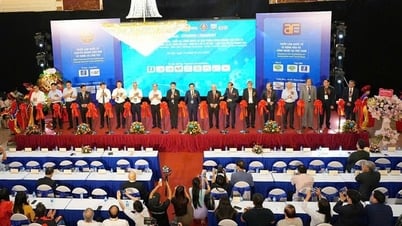

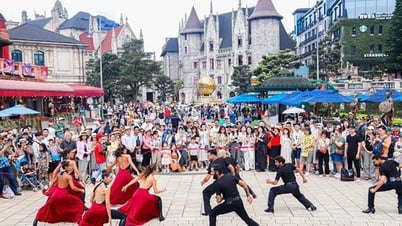
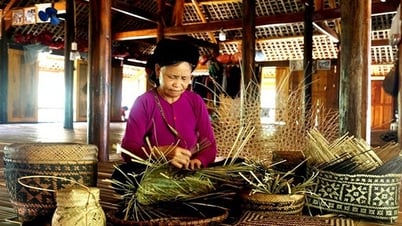












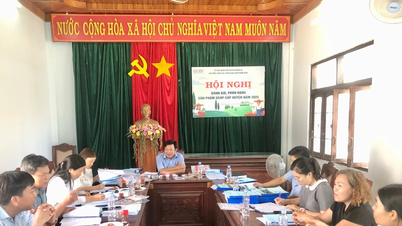
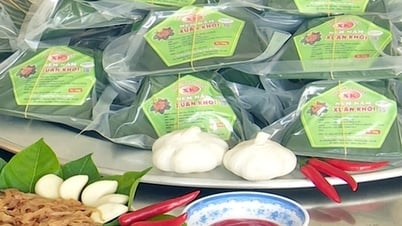






Comment (0)